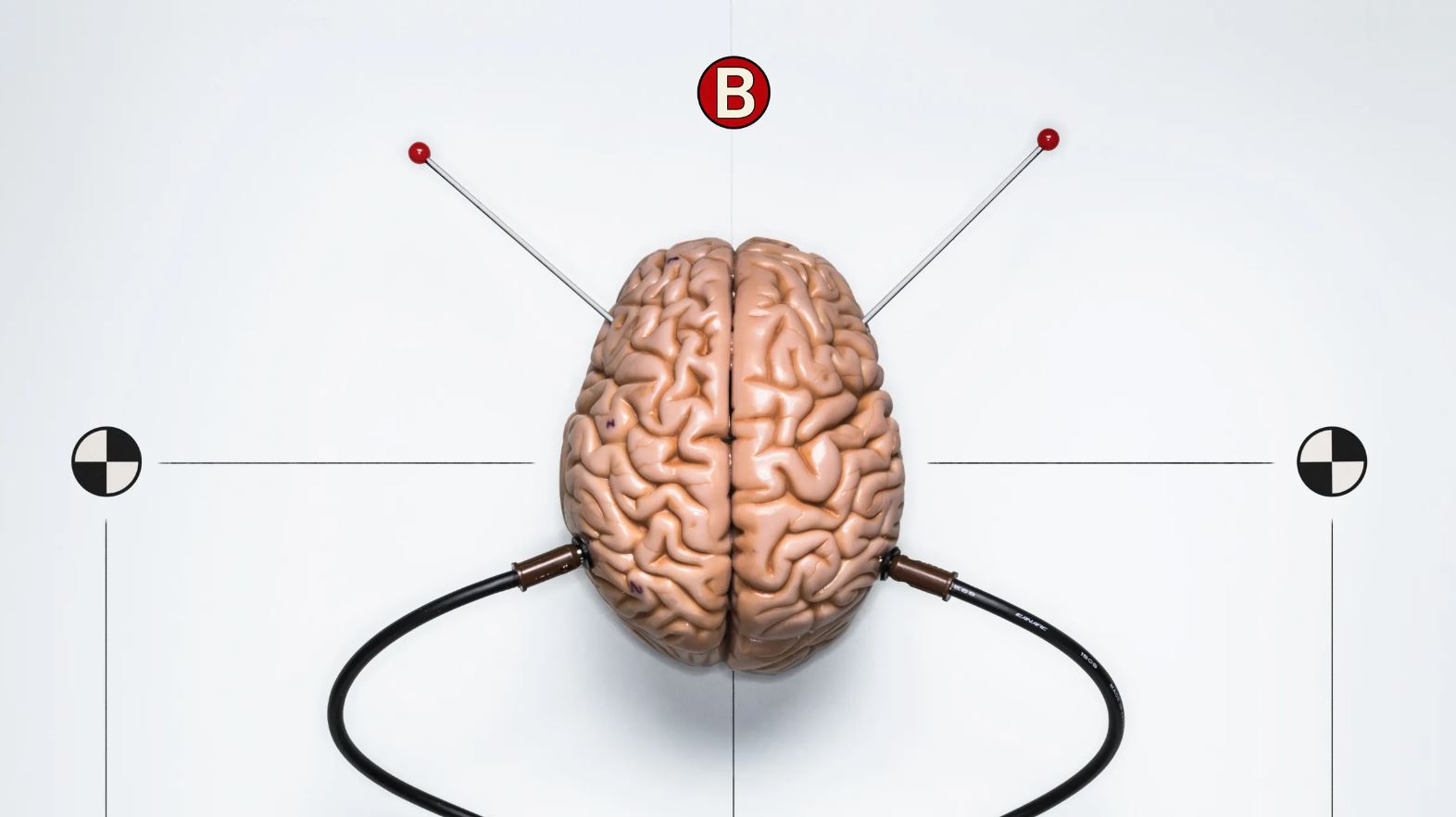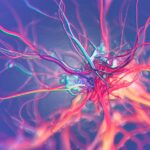 For years, scientists have been on a mission to develop hardware that mirrors the complex workings of biological systems like synapses and nerves. Imagine the possibilities: from repairing damaged nerves to creating cutting-edge electronics and brain-computer interfaces. Yet, the challenge remains—how do we make these artificial systems truly compatible with our biology?
For years, scientists have been on a mission to develop hardware that mirrors the complex workings of biological systems like synapses and nerves. Imagine the possibilities: from repairing damaged nerves to creating cutting-edge electronics and brain-computer interfaces. Yet, the challenge remains—how do we make these artificial systems truly compatible with our biology?
Recently, a breakthrough came from researchers at Xi’an Jiaotong University and the Technical University of Munich. They’ve crafted an innovative artificial nerve system that could change everything. Published in Nature Electronics, their high-frequency system uses homogeneously integrated organic electrochemical transistors (OECTs). This means it can move ions and electrons more efficiently, respond quickly to signals, and hold onto charge information.
Shijie Wang and the team explain that “N-type organic electrochemical transistors… can mimic biological cells.” Their new design overcomes past hurdles in ionic and electronic transport, offering improved response times and storage capabilities. This is a big deal because it means these artificial nerves can better imitate the real thing.
What makes this system stand out is its use of vertical n-type organic electrochemical transistors. They form circuits that replicate the receptors, synapses, and somas of the nervous system. This design strikes a balance between ionic and electronic transport and enhances ion storage—something previous models struggled with.
The team didn’t stop there. They integrated both n-type and p-type transistors into their artificial nerve, giving it high-frequency sensing, processing, and memory functions. They even tested it in animal models and found it could mimic reflex behaviors effectively.
In initial tests, these artificial nerves were implanted in mice with impaired neural functions. The results were promising—the system worked well with biological tissues and successfully replicated nerve-supported reflexes. Looking ahead, this technology could lead to better nerve repair solutions and brain-computer interfaces, potentially aiding in the creation of brain-controlled prosthetics and communication tools for those with paralysis.








